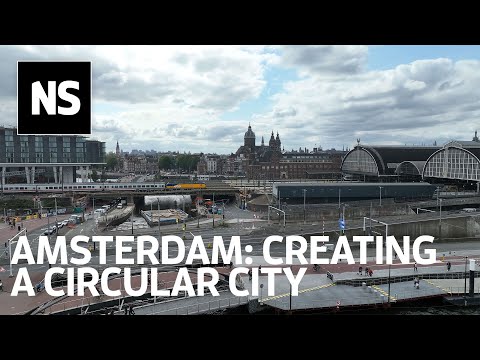Amsterdam has set itself the goal of being fully circular by 2050 and halving its use of virgin materials by 2030. Behind those lofty aims is a host of projects accelerating the transition to a more environmentally sound city – something, perhaps, more places can learn from.
To fulfil its material wants and needs, humanity currently uses more than 100 billion tonnes of materials – metals, plastics, stone and more. Only about 30 per cent of that makes up anything of any permanence; the rest is burned or thrown away to rot in landfill. It’s an awful state of affairs, and many advocate switching as fast as we can to a circular economy, in which materials are reused in perpetuity.
The trouble is, this transition requires rethinking and rewiring the systems we use to make and maintain just about everything. Overwhelming? Just a bit. But the problem is increasingly being broken down into city-sized chunks. The world’s urban centres, after all, consume about 75 per cent of all materials and are responsible for around half of carbon emissions.
To find out more, New Scientist paid a visit to Amsterdam and, in partnership with researchers from the AMS Institute for Advanced Metropolitan Solutions, explored the work going on there – and what it can teach us about circularity.
Advertisement
Topics:

